Unsafe At Any Sense: Ralph Nader Punks Chinese Auto Parts Makers

Failed four time presidential candidate and god of all ambulance chasers Ralph Nader has found a new enemy: China. The Center for Auto Safety, founded by Ralph Nader with part of the $425K court settlement paid by GM in 1970 for invasion of his privacy, has been researching recalls of Chinese auto parts. Those recalls are now posted on the safety center’s website. The New York Times took the bait, and ran a long story under the headline “Recalls of Chinese Auto Parts Are a Mounting Concern.” If the NYT would have just taken 20 minutes of research, they would have found that they’ve been snowed.
“There are so many automotive products coming in from China that American safety officials can’t keep track of them,” Clarence Ditlow, executive director of the Center for Auto Safety, told the Times. Opening salvo, five miles off target. The U.S. Customs Service has a record of every part entering the country. American safety officials are not mandated to keep track of them. Every part of every country may freely roam the U.S. of A.
So, on it’s own, the Center for Auto Safety went to the trouble of tracking down failed Chinese products.
After an exhaustive search, Nader’s Center for Auto Safety found 24 recalls of Chinese products, listed in the National Highway Traffic Safety Administration’s (NHTSA) records for the years 2007 and 2008. The 24 incidents involve a total of 1.2m products.
The high numbers were caused by three companies.
Eagle Eyes Traffic Industrial Co., Ltd. imported 404.546 replacement headlight assemblies which “do not contain required amber side reflectors.” Foreign Tire Sales, Inc. became infamous by importing 255k (some say 450k) Chinese tires which were in danger of tread separation. Harbor Freight Tools imported 295k fuses which took too long to blow.
Ditlow said his review convinces him that “too many Chinese companies are unfamiliar with – or don’t care about – safety standards” in the United States, and thus don’t meet them. According to Ditlow, automotive equipment made in China is less likely to comply with safety standards than the same product made in the United States. “The companies in North America know that process,” Ditlow said.
A quick analysis of the NHTSA database shows that Mr. Ditlow doesn’t know what he is talking about.
The NHTSA database lists 76,525 recalls since 1966. From 2007 to date– the period analyzed by the Center for Auto Safety– NHTSA lists 13,482 recalls. The database identifies the manufacturer or importer of the recalled product. It does not identify the country of origin.
The Center for Auto Safety found 24 products on the list made in China. That amounts to 0.18 percent. The NYT also did not find newsworthy that “China” is the only country listed on Nader’s website under “Import Recalls.” The countries of origin of the remaining 13,458 recalls remain unmentioned.
Also overlooked (and under-reported): during the same period, the database lists 419 recalls by Chrysler LLC, 678 recalls by Ford Motor Co, and a whopping 1,410 recalls by General Motors Corp.
The onus for creating a solid understanding of the safety standards sits squarely on the importer. United States federal law puts responsibility for the safety of the product on the American importer. The importer has to specify the factors that bring the product in compliance with U.S. regulations. The importer must verify that the imported part is in full compliance.
It is very easy to import auto parts to the United States and Canada. Some say, much too easy. There is no oversight. No prior verification is required by a governmental agency or authorized testing entity before the vehicle or equipment can be imported, sold or used. If reason develops to believe that a part does not meet standards, then authorities may conduct tests. If a noncompliance is found, a recall can be ordered.
The rest of the world operates on the principles established by the World Forum for Harmonization of Vehicle Regulations, a body of the United Nations. 58 countries, from Azerbaijan to New Zealand, are signatories to a common set of ECE Regulations for type approval of vehicles and components. Other countries, even if not formally participating in the agreement, recognize the ECE Regulations. They either mirror the ECE regulations content in their own national requirements, or permit the use and importation of ECE-approved vehicles or parts.
More than 120 ECE regulations cover most safety-relevant aspects. Each part or vehicle must successfully be tested as part of the type approval. The tests are performed by accredited, independent labs. Manufacturers must be audited. Production must likewise be in strict compliance with the certification. If non-compliant parts are found, the manufacturer– not the importer– can lose the certification.
In most countries that signed the agreement, using a non-certified part or vehicle is illegal. This is one of the reasons why one hears very little noise about Chinese quality from European countries. Prodded by Detroit (and most likely the Association of Ambulance Chasers) the U.S.A. refused to join the United Nations body.
And that’s the truth.

Bertel Schmitt comes back to journalism after taking a 35 year break in advertising and marketing. He ran and owned advertising agencies in Duesseldorf, Germany, and New York City. Volkswagen A.G. was Bertel's most important corporate account. Schmitt's advertising and marketing career touched many corners of the industry with a special focus on automotive products and services. Since 2004, he lives in Japan and China with his wife <a href="http://www.tomokoandbertel.com"> Tomoko </a>. Bertel Schmitt is a founding board member of the <a href="http://www.offshoresuperseries.com"> Offshore Super Series </a>, an American offshore powerboat racing organization. He is co-owner of the racing team Typhoon.
More by Bertel Schmitt
Latest Car Reviews
Read moreLatest Product Reviews
Read moreRecent Comments
- Dave M. What???? Big business taking advantage of us? I thought it was all Biden's fault!?!
- OA5599 Now if we could only get Toyota to change BZ4X...
- FreedMike You mean the petroleum market is manipulated and doesn't respond to normal supply/demand? No way. Can't be. This, folks, is why electrification is important - the only reason why the petroleum industry gets away with this is because they were the only game in town for over a century. That has GOT to change or we'll keep getting ripped off.
- JMII Ironically, it’s actually the oil companies themselves that have walked back production as a way to maintain higher prices.You don't say? I'm shocked. I thought we could just wave a magic wand and lower gas prices.
- Jkross22 You know that feeling you get when you're nervous and you can feel it in your gut? Everytime I see one of these I get that. Yeah, they look great. Yeah, it'll be the worst decision of the year. And next year. And the year after that.



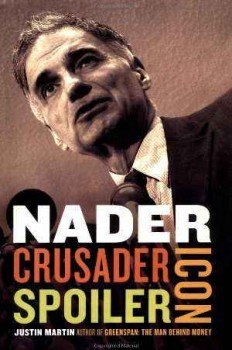











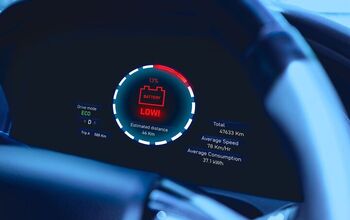



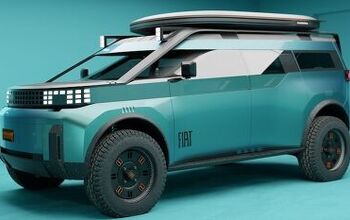
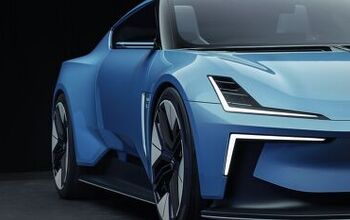
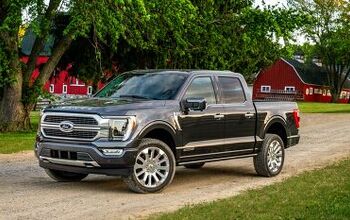
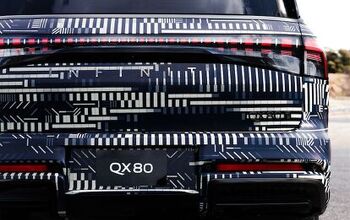


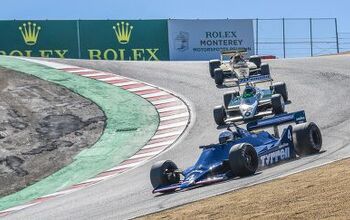




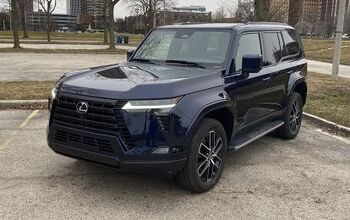
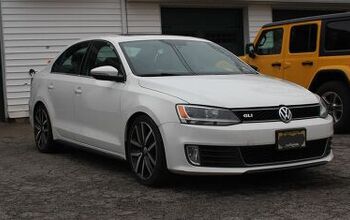

Comments
Join the conversation
I never fail to be amazed at the naivete of some people. To say that the media whose paycheques depend on advertising from automotive sources does not have an agenda to avoid making those sources look bad is the height of absudity. The partisanship of print, radio and TV media is the reason they are waneing as souces of unbiased information and blogs like this one are becoming trusted sources. The fact that you can't find a paper trail leading from our news sources and politicians to big industry does not mean that it does not exist it simply means they did a good job of hiding it. In the 90s headquarters decreed that accepting tickets to sporting events or free lunches or vacations from vendors we dealt with was forbidden. All that happened was vendors replaced our names with ficticious names on the expense slips. As has been shown by the mismanagement of GM, the only thing big companies care about is the immediate not the long term. So it is with the auto industry that continues to use a part even when they know it's bad, hoping that the subsequent law suits won't cost as much as redesigning the part.